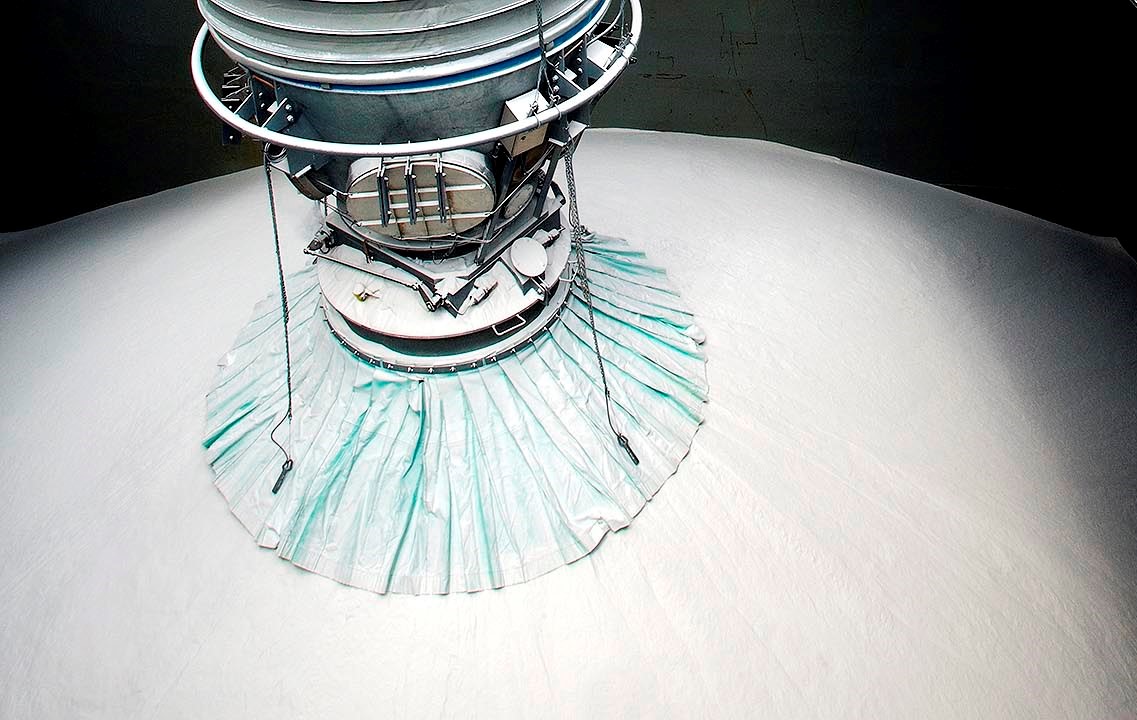Global alumina demand will remain strong in 2023
Alumina supply from China, the Middle East and Brazil witnessed growth in 2022. China ranked as the largest alumina producer, while Australia was the world's second-largest alumina producer in 2022. The commissioning of new capacities in China and the supply from Brazil remained key sector drivers. Australia countered the offsetting of the alumina deficit caused by operations-related issues at its refineries during 2022. In the short-term, demand for alumina and alumina prices will continue to be influenced by the need for primary aluminium and the slowing of global economic growth in 2023.

AlCircle's latest industry-focused report, 'Aluminium Industry Outlook 2023', reveals that in 2022, the global alumina production was 139.2 million tonnes, a slight increase from 138.6 million tonnes recorded in 2021.
Metallurgical-grade alumina production grew marginally by 0.07 per cent and stood at 130.5 million tonnes in 2022, accounting for about 93.7 per cent of the total alumina production. The rest was accounted for by chemical-grade alumina.
Increased level of alumina production from China was one of the major drivers of the global output in 2022.
The report also stated that the total Chinese alumina production capacity was around 76.6 million tonnes. The capacity utilisation of alumina refineries during November 2022 was about 79 per cent against 81 per cent in October 2022 – the decline was primarily due to the increased levels of infections in China, pollution-related stoppages and lower operating rates. The country's contribution to global production remained at about 57 per cent in 2022.
AlCircle published this exclusive report to deliver an in-depth understanding of all the segments of the global aluminium value chain's Outlook for 2023. To get your copy, click here. The report also covers the primary alumina-producing companies and their recent developments and future planning.
This news is also available on our App 'AlCircle News' Android | iOS















.png/0/0)







